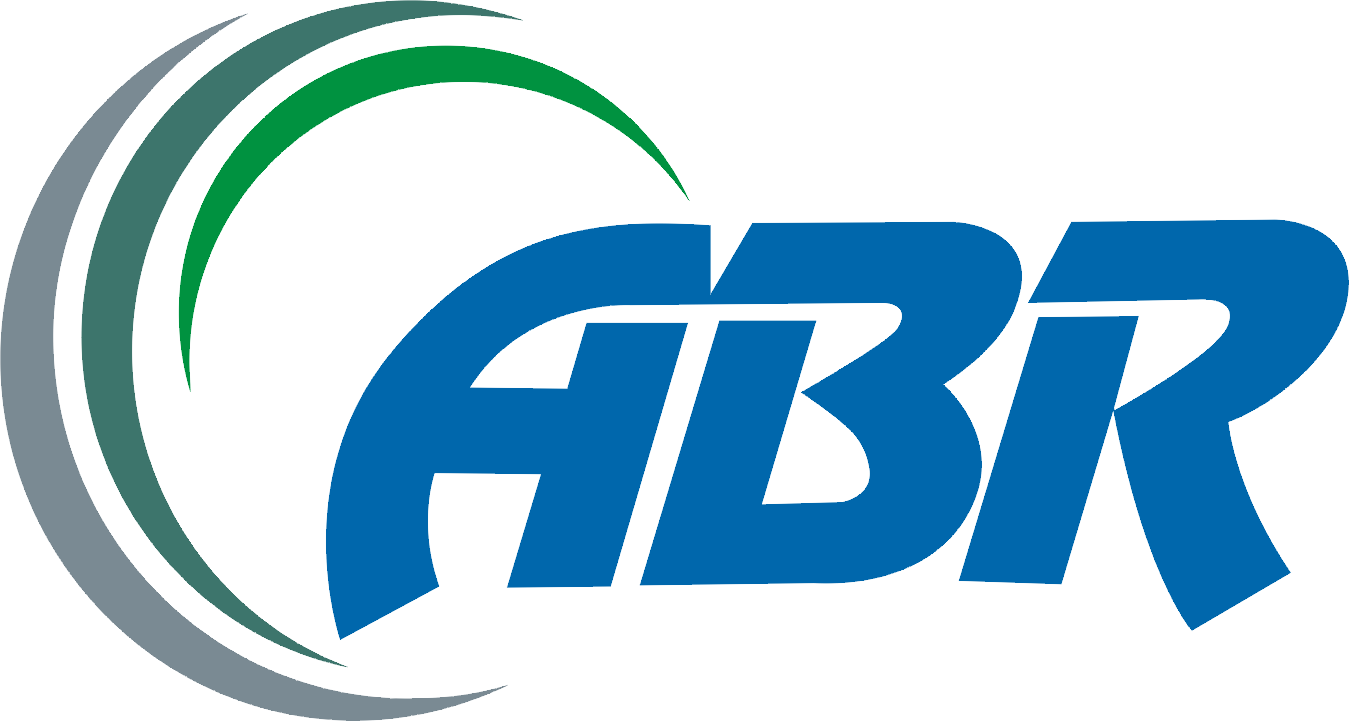Analyzing Tobin’s Q Ratio of Banking Industry of Bangladesh: A Comprehensive Guideline for Investors
DOI:
https://doi.org/10.18034/abr.v6i2.31Keywords:
Tobin’s Q (ratio), Banking Industry of Bangladesh, Investor, Stock MarketAbstract
Due to the share market crash in 2010-2011, the investors have lost confidence regarding the share market till now. Therefore, this study is an endeavor to giveaway to rethink about the share market of Bangladesh and to increase the confidence of the investors. For that, Tobin’s Q ratio used to analyze the share market in this study. Tobin’s Q represents the ratio of the market value of a firm's share capital to the replacement cost of the firm's share capital. Tobin’s Q is greater than one means stock is overvalued. Tobin’s Q is less than one means stock is undervalued. Again, Tobin’s Q is equal to one means stock is fairly valued. The study found that, the value of Tobin’s Q of the all sampling banks is gradually decreasing means moving the value of the stock from overvalued to undervalue. The value of Tobin’s Q of the all sampling banks is less than one in the year 2014 except Dutch Bangla Bank Limited (DBBL). The average value of Tobin’s Q of the banking industry is also decreasing and the average value of Tobin’s Q of the banking industry is less than one in the year 2014. Thus, the average stock value of the banking industry is moving from overvalued to undervalue gradually. Again, the value of Tobin’s Q of all sampling banks fell down drastically from the year 2010 to the year 2011 as share market has been crashed in those years. As a result, the average value of Tobin’s Q of banking industry also fell down drastically from the year 2010 to the year 2011. Therefore, the value of the share slopes down drastically from the year 2010 to the year 2011.
Downloads
References
Blundell, Richard. et. al. (1990) “Investment and Tobin’s Q Evidence from company panel data”. Journal of Econometrics 51 (1992), North-Holland. pp. 233-257.
Bond, Stephen R.; Cummins, Jason G. (2004). "Uncertainty and Investment: An Empirical Investigation Using Data on Analysts' Profits Forecasts". FEDS Working Paper No. 2004-20.
Brainard, William C.; James, Tobin. (1968). "Pitfalls in Financial Model Building.” American Economic Review. pp.99–122.
Catapan, Anderson et. al. (2012) “The relationship between profitability indicators and tobin’s Q: A focus on Brazilian electric sector.” Universal Journal of Marketing and Business Research. Vol. 1(4). pp. 104-111
Chung, Kee H.; Pruitt, Stephen W. (1994) “A Simple Approximation of Tobin’s q.” Financial Management. Vol. 23, No. 3.pp 70-74
CPD, 2011. Independent Review of Bangladesh’s Development (IRBD). Restriped from [Accessed on April 1, 2016].
Finance Division, Bangladesh Economic Review 2015 (Dhaka: Ministry of Finance, Government of the People Republic of Bangladesh, 20015), p.19
Lang L.H.P.; Stulz R.M. (1993) “Tobin's Q, Corporate Diversification and Firm Performance.” National Bureau of Economic Research 1050 Massachusetts Avenue Cambridge, MA 02138
Nabavand, Behrooz.; Javad Rezaei. (2015) “Review between Tobin's Q with performance Evaluation Scale Based Accounting and Marketing Information in Accepted Companies in Tehran Stock Exchange.” Journal of Applied Environmental and Biological Sciences. Vol. 4. pp. 138-146
Web: Accessed on 09/10/2015
Web: Accessed on 09/02/2016
Wolfe, Joseph.; Carlos, Antonio.; Aidar Sauaia. (2003) “The Tobin Q as a Company Performance Indicator.” Developments in Business Simulation and Experiential Learning.Vol. 30 pp 155-159
--0--
Downloads
Published
Issue
Section
License
Asian Business Review is an Open Access journal. Authors who publish with this journal agree to the following terms:
- Authors retain copyright and grant the journal the right of first publication with the work simultaneously licensed under a CC BY-NC 4.0 International License that allows others to share the work with an acknowledgment of the work's authorship and initial publication in this journal.
- Authors are able to enter into separate, additional contractual arrangements for the non-exclusive distribution of the journal's published version of their work (e.g., post it to an institutional repository or publish it in a book), with an acknowledgment of its initial publication in this journal. We require authors to inform us of any instances of re-publication.











